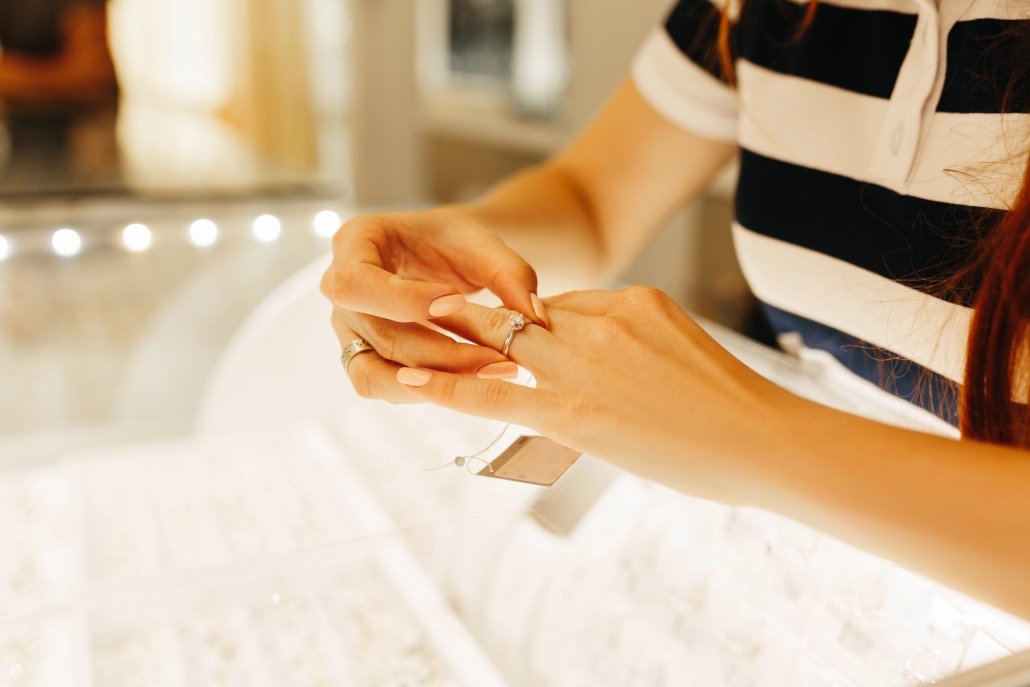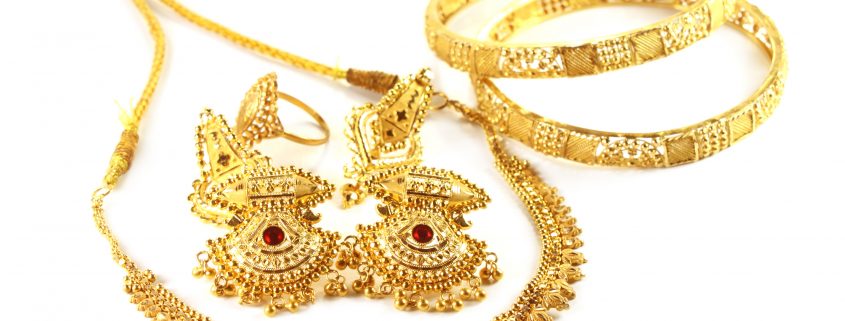Peruvian Gold: A Guide to Its Rich History, Value, and Investment Potential
Gold has long been a symbol of wealth, artistry, and cultural heritage. Among the many gold varieties admired worldwide, Peruvian gold stands out for its rich history, unmatched craftsmanship, and exceptional purity. Whether you’re a jewelry enthusiast, a gold investor, or simply intrigued by its enduring allure, understanding what makes Peruvian gold unique is essential to appreciating its true value.
This guide will explore the history and qualities of Peruvian gold, how it compares to other gold varieties, its potential as an investment, and why it’s an excellent choice for collectors and investors alike.

Golden funeral mask of the Peruvian Inca culture. This piece is located in the BCRP museum.
What Is Peruvian Gold?
Gold Purity in Peruvian Gold
Peruvian gold is widely celebrated for its exceptional purity. Peruvian miners, operating in one of the world’s most mineral-rich countries, extract gold with minimal impurities, often reaching purity levels as high as 99.9% . This high level of refinement not only ensures a brilliant luster but also contributes to its strength and durability, making it ideal for intricate craftsmanship.
Purity is typically measured in karats, with 24-karat gold representing pure gold. Peruvian gold frequently comes close to or meets this standard, outperforming gold sourced from many other regions. This purity ensures a fine-quality material for jewelry, ornamental pieces, or investment-grade bullion.
Craftsmanship in Peruvian Gold
What sets Peruvian gold apart is not just its purity but also the artistry involved in its transformation. For centuries, Peruvian artisans have honed their skills, combining time-honored techniques with modern innovation. When you purchase a piece made from Peruvian gold, you’re acquiring more than a beautiful product; you’re owning a piece of history.
Peruvian goldsmiths are known for crafting timeless designs that range from intricately engraved pendants to eye-catching statement pieces. Leveraging gold’s natural beauty, artisans craft graceful patterns infused with cultural significance, often inspired by Peru’s ancient civilizations, such as the Incas.
Peruvian Gold vs. Other Gold
Each type of gold offers its own appeal based on individual needs, whether one prioritizes purity, craftsmanship, historical significance, or investment reliability. Peruvian gold stands out with its exceptional purity, artisanal heritage, and strong investment profile, making it a worthwhile addition to any portfolio or collection.
Comparing Peruvian Gold to Chinese Gold, Turkish Gold, Italian Gold, and Mexican Gold
When examining the global landscape of gold, Peruvian gold holds a unique position alongside Chinese gold, Turkish gold, Italian gold, and Mexican gold. Each type of gold offers distinct qualities in terms of purity, value, craftsmanship, and investment potential. Below is a detailed comparison to help buyers and investors understand what sets each apart.
Purity
Peruvian gold is renowned for its high purity, often reaching .999 fineness, making it an excellent choice for collectors and investors seeking authenticity and quality. Chinese gold, particularly in jewelry, also tends to have high purity, with 24-karat gold being common. Turkish gold often ranges between 18-karat and 22-karat, offering a balance between durability and quality. Italian gold is frequently 18-karat, valued more for its exceptional craftsmanship and aesthetic appeal than its material purity. Mexican gold, on the other hand, often features a unique mix, with popular coins such as the Centenario containing 90% gold or 21.6k fineness.
Value
Peruvian gold is highly valued not only for its purity but also for the cultural significance and artistry behind its production. Chinese gold is similarly prized, particularly as a staple of wealth preservation and gifting in its domestic markets. Turkish gold has strong regional demand and retains significant value in the Middle East and Europe. Italian gold is often priced at a premium due to its exquisite designs and craftsmanship, especially within the fashion industry. Mexican gold’s value is closely tied to its historical relevance, with gold coins and artifacts playing a major role in its market appeal.
Quality
The quality of Peruvian gold stems from its traditional mining techniques and adherence to high standards of refinement. Chinese gold, due to modern refinement processes, also offers exceptional quality, particularly in bullion and bars. Turkish gold is known for its ornamental quality, often catering to the jewelry market. Italian gold is unrivaled in design and finesse, with artisans continuously setting trends in the global market. Mexican gold varies in quality, but its historical designs lend a distinct character.
Investment Potential
Peruvian gold is an excellent choice for long-term investment given its consistent demand and high purity. Chinese gold has significant investibility due to its central role in the global gold market and its popularity in both bullion and token forms. Turkish gold is often more volatile, closely tied to regional economic factors, but remains a preferred option for localized investments. Italian gold, while not a standard for bullion, is highly prized for collectible and luxury purposes. Mexican gold, particularly coins, is a solid investment choice for those looking to combine numismatic value with gold content.
Investment Potential of Peruvian Gold
Gold has always been a stable investment, and Peruvian gold is no exception. Here’s why it’s worth considering as part of your portfolio:
1. Hedge Against Inflation
Gold is universally recognized as a hedge against inflation due to its intrinsic value. When currencies fluctuate, gold often maintains or increases its worth, protecting your wealth in uncertain times.
2. Demand for High-Purity Gold
The global demand for high-quality gold is steadily rising. Peruvian gold, known for its purity and craftsmanship, is highly sought after by collectors and investors alike, often commanding premium prices.
3. Diversification
Investing in gold is an excellent strategy to diversify your financial portfolio. Gold markets historically act independently of stock and bond markets, balancing risk during economic uncertainty.
4. Cultural & Aesthetic Value
Choosing Peruvian gold offers not just monetary returns but also artistic and cultural enrichment. The dual benefit appeals to both collectors and investors, combining profit with the satisfaction of owning something genuinely meaningful.
Whether you’re purchasing bullion or an artisan-crafted piece, you can rest assured that Peruvian gold retains its value over time.
Why Choose Peruvian Gold?
If you’ve made it this far, you’re likely wondering why you should choose Peruvian gold for your next purchase or investment. Here’s why California Gold & Silver Exchange highly recommends it:
1. Exceptional Quality
From purity levels to intricate designs, Peruvian gold is synonymous with excellence.
2. Cultural Significance
Owning Peruvian gold means owning a piece of history, making it a meaningful addition to any collection.
3. Ethical Sourcing
Many suppliers in Peru emphasize sustainability and fair practices, making it a guilt-free choice for conscientious buyers.
4. Trusted by Experts
At California Gold & Silver Exchange, we have years of experience assessing, trading, and valuing gold. We understand the lasting value of Peruvian gold, and we’re proud to buy and sell it as part of our offerings.
Whether you’re looking to sell a family heirloom, purchase a new piece, or diversify your investment portfolio, our team is here to assist with professionalism and expertise.
Enhance Your Collection with Exquisite Peruvian Gold
Adding Peruvian gold to your jewelry collection or investment portfolio can be a smart financial move and a source of cultural pride. Its remarkable purity, expert craftsmanship, and enduring value make it a standout choice against numerous alternatives.
If you’re ready to explore the benefits of Peruvian gold or have pieces you’d like to sell, California Gold & Silver Exchange is here to help. Contact us today to learn more about the options available to you, or visit us to get started with your valuation.
Visit California Gold & Silver Exchange for Expert Advice
At California Gold & Silver Exchange, we specialize in helping you explore the best options for buying or selling Peruvian gold and other precious metals. Our team of experts ensures a smooth, transparent process, whether you’re investing or liquidating.
Visit us today to unlock the true value of Peruvian gold, learn about its gold purity, and receive top-tier guidance on the global gold investment market. Your next smart investment starts with us!
























